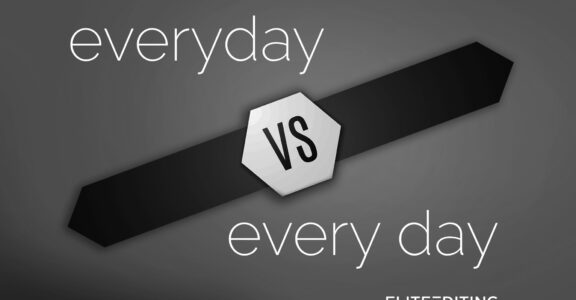“OK, I’ll bite,” you decide, joining us in this second part of our series The Power of Proofreading. “What is the definition of proofreading?”
In the simplest terms, proofreading is going through a finished document to check for errors. It is the last step before a document is printed, e-mailed, or posted and is a safety check for any errors that might have been missed previously. What that means exactly, and in practical terms, is a little more complex.
A thorough proofread will include looking for all of the following, either on separate read-throughs or all at once (usually depending on the complexity and length of the document):
- Typos that are still words. These won’t be caught by spell-check: from/form, it’s/its, thing/think.
- Typos that aren’t words. Not everyone runs spell-check.
- Easily confused words. Even professionals find themselves looking up such words as affect/effect, lie/lay, or compose/comprise.
- Doubled words. It’s easy to overlook to to or the the, especially when there is a line break between them.
- Sentence fragments. Verbs not operating as verbs and sentences too short or too long to easily identify their structures are common examples of this.
- Pronoun-antecedent agreement. Pronouns have to agree in number, person and gender with what they refer to. (An incorrect version of that sentence would be Pronouns have to agree in number, person and gender with what it refers to. “It” is singular but refers to “pronouns,” which is plural.)
- Misplaced and missing punctuation. It’s easy to overlook a missing period or end quotation mark when you’re in the middle of focusing on content.
- Spelling consistency. Is it advisor or adviser? Is it about Christina or Kristina? While all correct, you want to make sure that you stick with one spelling.
- Formatting. Are all paragraphs equally indented? Are all font sizes and styles consistent? Did pictures end up where they were supposed to?
Sounds like a lot, doesn’t it? Well, it is! That’s why people can spend their whole lives doing this for others—it’s a lot of work and very time consuming. But because each error puts a dent in your credibility, it’s super important to identify as many as possible and get rid of them.
What’s also incredible is that this doesn’t even begin to cover all the things you should do when you’re editing a document. Our next post in the series will identify how proofreading is different from editing.








